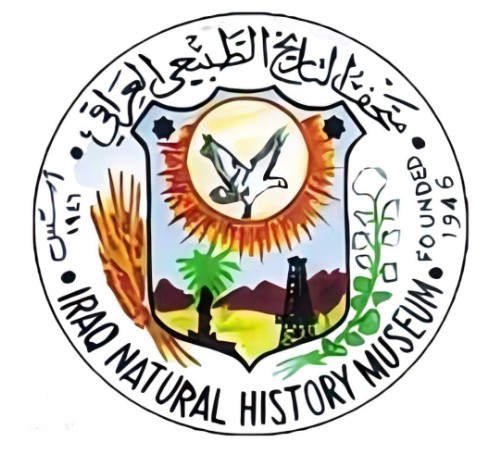PETROLOGY AND PROVENANCE OF THE NATURAL STONE TOOLS FROM Al-DALMAJ ARCHAEOLOGICAL SITE, MESOPOTAMIAN PLAIN, IRAQ
DOI:
https://doi.org/10.26842/binhm.7.2021.16.3.0231Keywords:
Archeology, Mesopotamia, Neolithic, Rocks, Stone tools.Abstract
Many stone tools were found on a hill south of the Hor Al-Dalmaj which is located in the central part of the alluvial plain of Mesopotamia, between the Tigris and Euphrates Rivers. The types of rocks from which the studied stone tools were made are not found in the alluvial plain, because it consists of friable sand, silt, and clay. All existing sediments were precipitated in riverine environments such as point bar, over bank, and floodplain sediments. The collected stone tools were described with a magnifying glass (10 x) and a polarized microscope after they were thin sectioned. Microscopic analysis showed that these stone tools are made of sedimentary, volcanic igneous and metamorphic rocks, such as: sandstones, limestones, chert, conglomerate, rhyolite, basalt, mica schist, and quartzite.
The current studied stone tools were used by ancient humans as pestles, querns, scrapers, and knives. The present study showed that these tools were transported from outside the alluvial plain of Mesopotamia. A stone tool at the archaeological site of Al-Dalmaj indicates that there were some trade routes that connected this site with its surrounding; in addition to the economic, and that might occurred cultural exchanges during the Neolithic Period.
Received Date: 29 Nov. 2020
Accepted Date: 23 February 2021











